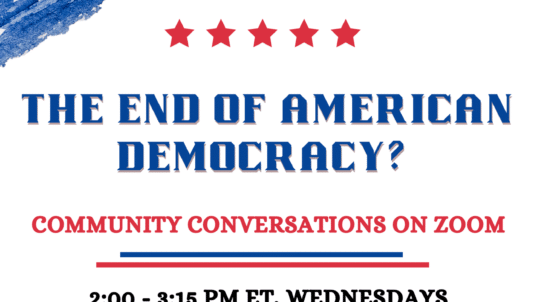
Photo by mentatdgt from Pexels
Shifting to a skill improvement approach for evaluating discussions
Alston James liked to use discussions in his classes but had always been concerned about the students who rarely said anything. Some of those students were simply “going along for the ride.” Others had serious issues with shyness, panic disorders, or other conditions that inhibited their participation. International students and others for whom English was a second language likewise had difficulties with classroom discussions. James evaluated students’ discussion contributions as part of the course grade. But grade pressure rarely motivated those students who faced difficulties with discussion participation. He was looking for another way to encourage participation by all the students.
He ended up developing a discussion shadowing system. Bi-monthly, students were given the name of another student in their discussion group to shadow. Basically, the shadow would capture both positive contributions made by the student as well as areas to target for improving discussion skills. At the end of the two weeks, the “shadow” gave a report to the shadowed student. The report contained both the positive notes and the areas for improvements. The shadow report also contained a section called “How I May be Able to Help You.” This section contained the shadow’s suggestions for addressing the areas for improvement. The student receiving the report was then asked to reflect on it and indicate the changes they wanted to make. The shadow’s report and the shadowed student’s response were given to James. The discussion grade was then based upon whether the student made an honest effort to follow through on their improvement plan.
The results of the shadow system were a vast improvement over previous efforts at encouraging participation from a greater range of students. Students seemed to appreciate the shared commitment to improving their discussion skills. Students who had legitimate issues with discussion participation were able to relieve their concerns with the aid of their peers. Grading students on how they focused on skill improvement helped to level the playing field, since all the students have areas for improvement and all could take steps toward addressing them.
Faculty can often grow cynical about underperforming students. Classroom discussions are one obvious area of cynicism. Rather than work with underperforming students to address their skill development, faculty might opt to simply use grades as a way to “motivate” students. This won’t always work. As a result, students don’t get the full development of the skills that they will need when they graduate.
When we evaluate students, we should think about how we are giving them means for improvement. Grading on improvement can help remove the defensiveness from the grading system. Every student can improve. Some questions to consider:
- What might happen if we shift our grading systems for class discussions to a skill improvement approach rather than a punitive approach?
- What role could peer-to-peer assessments play in improving discussion participation?
- How do you think improvements in students’ collaborative discussion skills could best be assessed?
- How could peer-shadowing be adapted for use in online courses?
These questions and others suggest a shift in how we encourage students’ performance in our classes. For a description of the shadowing activity, check here for IF’s Teaching Tips document.
* * *
“I am never guided by a possible assessment of my work.” – Vladimir Putin
This post is part of our “Think About” education series. These posts are based on composites of real-world experiences, with some details changed for the sake of anonymity. New posts appear Wednesday afternoons.



